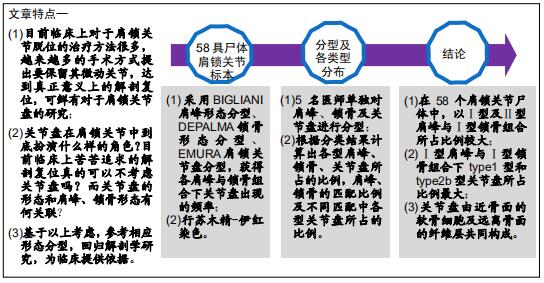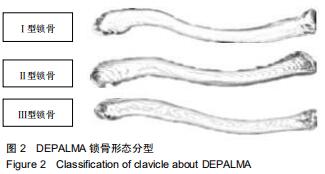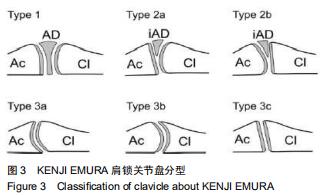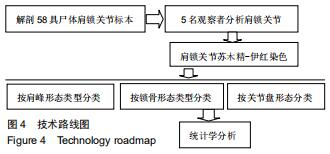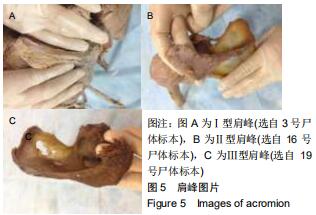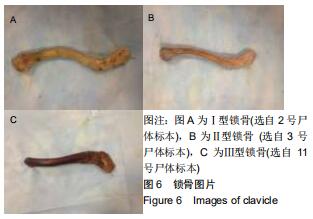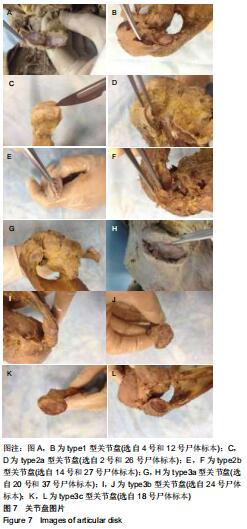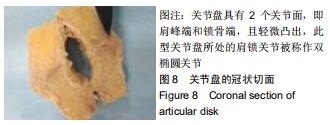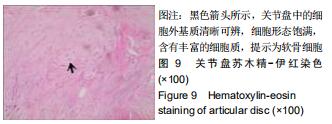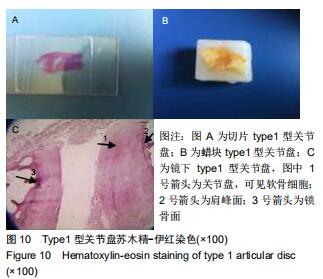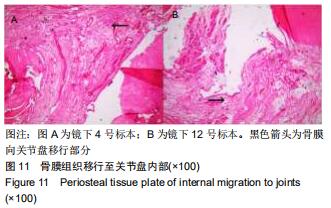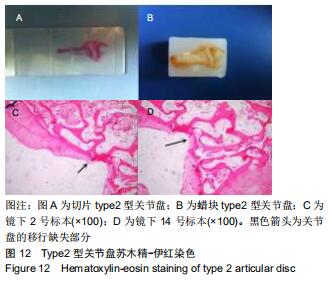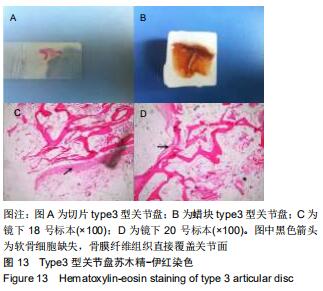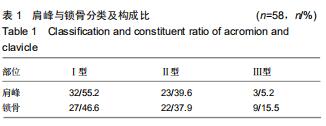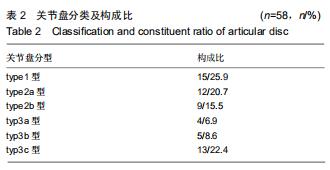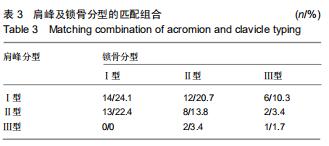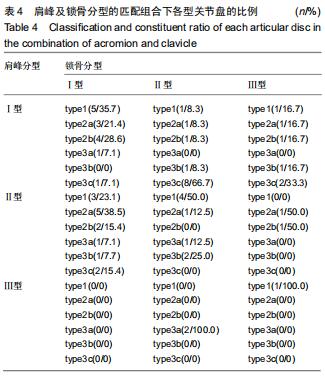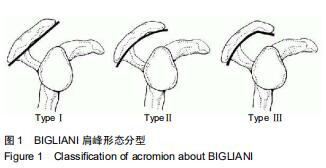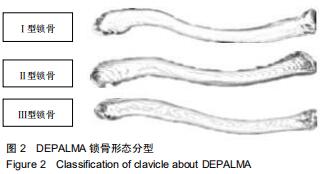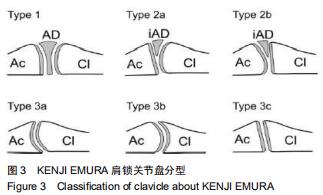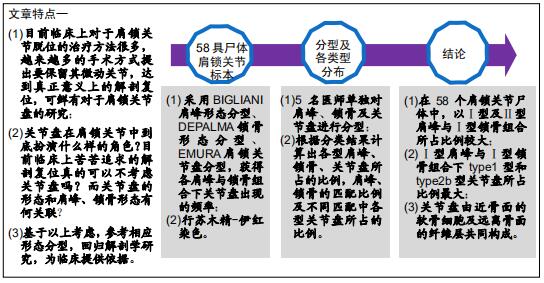|
[1] HYLAND S, VARACALLO M. Anatomy, shoulder and upper limb, clavicle. StatPearls. Treasure Island (FL): StatPearls Publishing, 2020.
[2] LI X, MA R, BEDI A, et al. Management of acromioclavicular joint injuries. J Bone Joint Surg Am. 2014;96(1):73-84.
[3] SACCOMANNO MF, DE IESO C, MILANO G. Acromioclavicular joint instability: anatomy, biomechanics and evaluation. Joints.2014;2(2):87-92.
[4] WILLIMON SC, GASKILL TR, MILLELT PJ. Acromioclavicular joint injuries: anatomy, diagnosis, and treatment. Phys Sportsmed. 2011;39:116-122.
[5] 刘松,秦士吉,张英泽.肩锁关节脱位的手术治疗进展[J].中华创伤骨科杂志,2013,15(4):349-351.
[6] 王治洲,伊力哈木•托合提.肩锁关节的脱位及修复重建[J].中国组织工程研究,2014,18(33):5377-5383.
[7] PREEEMTLI M, GARIMFIA E, MADOMA L, et al. Antomy of the shoulder:pictorial essay. J Ultrasound. 2010;13(4): 179-187.
[8] ENFREE KJ, RILEY MK, WHEELER D, et al. Ligamentous anatomy of the distal clavicle. J Shoulder Elbow Surg. 2003; 12(3):355-359.
[9] MAIER D, JAEGER M, REISING K, et al. Injury patterns of the acromioclavicular ligament complex in acute acromioclavicular joint dislocations: a cross-sectional, fundamental study. BMC Musculoskelet Disord. 2016;17:385
[10] 汤文辉.肩锁关节脱位III型术中关节盘处理[J].广州医药,2004, 35(6):43-44.
[11] NEER CS 2ND. Anterior acromioplasty for the chromic impingement syndrome in the shoulder. a preliminary report. J Bone Joint Surg.1972;54(5):41-50.
[12] BIGLIANI LU, MORRISON DS. The Morphology of the Acromion and its relationship to rotator cuff tears. Orthop Trans. 1986;10:216-228.
[13] DEPALMA AF. Degenerative changes in the sternoclavicular joints in various decades springfield. Springfield, IL, 1957: 116.
[14] EMURA K, ARAKAWA T, MIKI A, et al. Anatomical observations of the human acromioclavicular joint. Clin Anat. 2014;27(7): 1046-1052.
[15] MAYERHOEFFR ME, BREITENSEHER MJ, ROPOSCH A, et al. Comparison of MRI and conventional radiography for assessment of acromial shape. AJR Am J Roentgenol.2005; 184(2):671-675.
[16] 薛建刚,孙海飚,韩晓强,等.肩峰撞击征诊断与治疗的研究进展[J]. 中国骨与关节杂志,2019,8(8):617-621.
[17] SALTER EG JR, NASCA RJ, SHELLEY BS. Anatomical observations on the acromioclavicular joint and supporting ligaments. Am J Sports Med. 1987;15(3):199-206.
[18] NAKAZAWA M, NIMURA A, MOCHIZUKI T, et al. The orientation and variation of the acromioclavicular ligament: an anatomic study. Am J Sports Med. 2016;44(10):2690-2695.
[19] 宋鑫,买合木提·亚库甫,伊力哈木·托合提,等.肩锁关节B超分型在肩锁关节脱位手术方式选择中的重要意义[J].新疆医学, 2016,46(9):1077-1082.
[20] 张小权,杨选民,卢卫疆,等.肩锁关节损伤的影像诊断[J].现代医用影像学,2014,23(6):654-657.
[21] HEERS G, GOTZ J, SEHUBEN T, et al. MR imaging of the intraarticular disk of the acromioclavicular joint: a comparison with anatomical,histological and invivo findings. Skeletal Radiol. 2007;36(1):23-28.
[22] RENGIER F, MEHNDIRATTA A, VON TENGG-KOBLIGK H, et al. 3D printing based on imaging data: review of medical applications. Int J Comput Assist Radiol Surg. 2010;5(4): 335-341.
[23] MICHALSKI MH, ROSS JS. The shape of things to come: 3D printing in medicine. JAMA. 2014;312(21):2213-2214.
[24] ESSES SJ, BERMAN P, BLOOM AI, et al. Clinical applications of physical 3D models derived from MDCT data and created by rapid prototyping. AJR Am J Roentgenol. 2011; 196(6):W683-W688.
[25] 李鉴轶,游辅宇,孔祥雪,等.一种新型喙锁韧带重建导向器及其钻孔精度评价[J].中国骨科临床与基础研究杂志, 2015,7(5): 285-289.
|
